In today’s Journal Gazette is one of those “5 Questions” with Randy Brown, Allen County War Memorial Coliseum Manager.
3. Why is the stadium being demolished rather than to keep it open for other purposes?
We put together a blue-ribbon panel of city, county, university, high school people to work with us. At the same time we hired a consultant to identify potential other uses, reuse of the stadium. We found out very clearly early on that there was not a good reuse opportunity. The Coliseum does not receive any tax support. The way we operate … is through earned revenues. There was not a good way to have the stadium to be self-supporting. If we were competing with Parkview Field, you could very easily have two subperforming facilities.
Really? Â So what’s that little thing called the Food and Beverage Tax that we pay every time we eat out? Â If my memory serves me correctly, the proceeds from said tax go solely to the Coliseum. Â This tax was also supposed to only be in force only for a short time. Â I’m not up to date on the history, but I would have to believe that the Coliseum was originally built using some tax revenues. Â I’m sure a bond was floated in there somewhere, but was money from property taxes used to pay it off?
The other thing I’d like to point out is that when Memorial Stadium was created, there was no fund created, like a Capital Maintenance Fund, to set aside monies to be used for future improvements. Â One of the biggest obstacles faced with Memorial Stadium was the replacement of the playing field. Â This would have had to happen within the next year or two, but there was no money for the project. Â Also, I don’t care what you say about the facility, it was absolutely filthy. Â I’m not talking about trash, I’m talking about the grimy appearance of the stadium. Â How much of this was due to the aforementioned problem vs the ravages of time is indeterminable. Â Point is, it was enough to get Fort Wayne a team, but in the long run, probably not enough to keep it long-term.
As to that last statement, if you would have ended up with two subperforming facilities, it wouldn’t have been because you were competing with Parkview Field – there really would have been no competition. Â An event coming to town having to chose between Memorial Stadium or Parkview Field, hmmmm, who do you think would have won? Â I’m sure certain events wouldn’t be welcomed at Parkview Field – like a motorsport event, but aren’t there other venues for those types of events in Allen County?
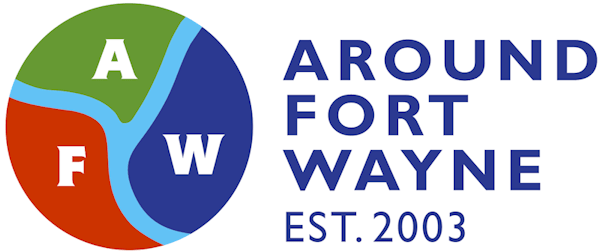
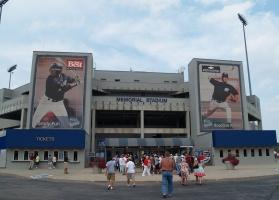
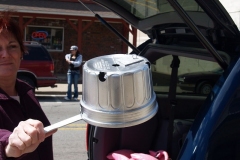
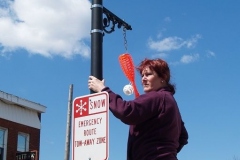
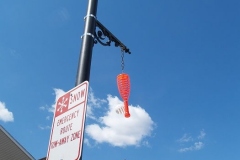

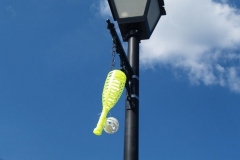

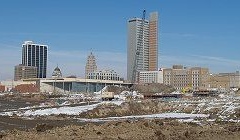
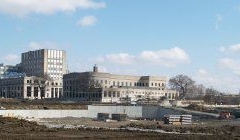

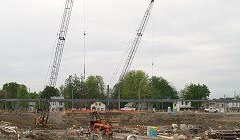
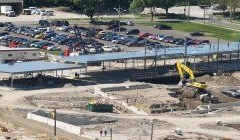
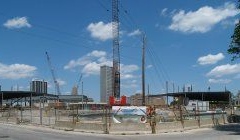

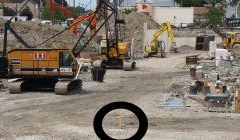
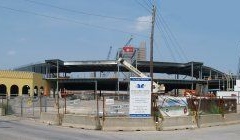
Stephen: Some information in re your post:
1) No taxes have been used in the last 25 years to support the OPERATION of the Allen County Memorial Coliseum facility. Operations are financed totally from revenues.
2)The Allen County Food and Beverage Tax was established to pay back bonds issued to fund the expansion of the Coliseum, first the addition of the Expo Center in 1988-1989. Then to pay back money borrowed from Coliseum funds to enable the construction of Memorial Stadium in 1992, and last to fund the “Raising the Roof” in 2002. In July of 2007, the money used to build Memorial Stadium was paid back in full. The other costs due to the original bonds in 1988 are still being paid as per the bonding agreement. The present balance in the Food and Beverage Fund is well in excess of $12 million and will be used to repay the bonds.
History:
3) In 1944, the Fort Wayne Junior Chamber of Commerce (Jaycee’s) undertook a project to build a fieldhouse in Fort Wayne and dedicate it as a War Memorial. A survey by the Jaycee’s resulted in 1200 people who indicated a preference to use public subscription and taxation as the financing method for this project.
4) Three potential sites were recommended. The 1st priority was the area bounded on the west by Clinton St., on the north & east by the St. Mary’s River and the south by Superior St. At that time a large part of this area was owned by the city, administered by the Water Department. Note that this area included most of what has become Headwaters Park – at least what is east of Clinton St. The 2nd choice was the south portion of Lawton Park. The 3rd choice was the abandoned North Highlands Golf Course bordered by St. Mary’s Ave. on the east, Spring St. on the south, West State Blvd. on the north and Tyler Ave. to the west. The first two choices assumed the elevation of the Nickle Plate Railroad downtown, which did happen.
5) A New York City Park & Recreation Planner, F. Ellenwood Allen, was hired by the Jaycee’s to investigate and report on the feasibility of constructing a building which would meet the needs and desires of the citizens. (His bill, for 7 days at $35.00 per day plus expenses came to a total of $380.00!)
6) A “County War Memorial Coliseum Board” was formed to” advise and work with the Jaycee’s to complete the building of a memorial coliseum” This was after the Jaycee’s were informed that the City of Fort Wayne had no available bonding capability without exceeding the Indiana State limitation on indebtedness, whereas Allen County had plenty of room in this area because of their low debt at this time. (Boy have things changed!!!)
7) Mr. Allen and a Mr. William Bailey who was the planning engineer chosen by the board recommended that the project be located adjacent to the existing Municipal Beach on the west side of the St. Joseph River just south of California Road. This area included the Johnny Appleseed grave site in the old Archer Cemetery. The bounderies of this were Parnell Ave. on the west, California Road on the north, the old Wabash & Erie Feeder Canal on the east and south, with the exception of Johnny Appleseed Park.
8) The question of whether to proceed on the project was placed on the ballot on November 5, 1946, “Are you in favor of the Resolution No. 1 for building an Allen County War Memorial Coliseum”. The result was 25,705 yes votes and 5720 no votes – a 5 to 1 majority – the greatest ever for an Allen County referendum!
9)The resultant building, dedicated on September 28, 1952 was built using funds from $3 million bonds that were to be paid off using revenues from the general property tax levy for Allen County. The bond issue was used pursuant to an Indiana State House Bill that revised a 1919 Act which provided for counties to build “suitable memorials for soldiers and sailors that fought in the 1st and 2nd World Wars and to levy taxes for this purpose up to 2 percent of the county assessed valuation.
10) On at least two early occations, the county borrowed money from the County School Fund to accomplish needed things for this project: One of these, on July 15, 1947, was for $150,000 to pay for the land – this to be repaid on or before September 19, 1950 from the tax levy. The other was to pay for the paving of the parking lots, $125,000. This was to be repaid using the 25c parking fee that was established. After the $125,000 was paid back, there was not to be any further parking fee. As you know, this never happened, since that fee is now $4.00.
Very good John!! Especially # 10 which also had an unpaved parking lot adjacent to the paved one that people could park on for free!!
Questions though, Why did the Baseball field get paid off before the Expo expansion? As the Coliseum does not pay Property Tax and since said tax is estimated in the 20 million dollar range it does cost the taxpayers a lot of money. So why isn’t the Coliseum taken private?
Thank you John, I appreciate the history lesson. I understand the distinction you made in #1 and #2, however a tax is a tax and to say it doesn’t receive “any” tax support is wrong. Doesn’t matter how the tax revenue is spent.